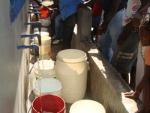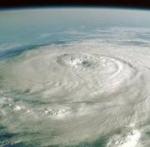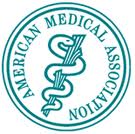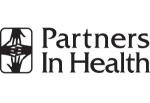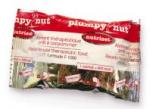State-Of-The-Art Hospital Offers Hope For Haiti
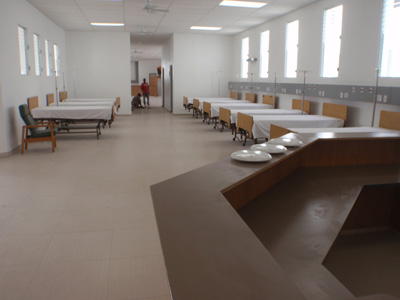 Below is a National Public Radio piece by Jason Beaubien on the status of the Mirebalais National Teaching Hospital, which will be Haiti’s largest health care facility. The hospital is a priority for the Ministry of Health, which will be running the facility jointly with Partners in Health. Eventually, the Ministry of Health will manage the facility itself. When operational, the hospital will be mainly powered by solar energy. Internet connectivity opens the door to new training opportunities. In a recovery where much has gone wrong, the hospital is a symbol of what has gone right, and could be a model for replication in Haiti and elsewhere.
Below is a National Public Radio piece by Jason Beaubien on the status of the Mirebalais National Teaching Hospital, which will be Haiti’s largest health care facility. The hospital is a priority for the Ministry of Health, which will be running the facility jointly with Partners in Health. Eventually, the Ministry of Health will manage the facility itself. When operational, the hospital will be mainly powered by solar energy. Internet connectivity opens the door to new training opportunities. In a recovery where much has gone wrong, the hospital is a symbol of what has gone right, and could be a model for replication in Haiti and elsewhere.


